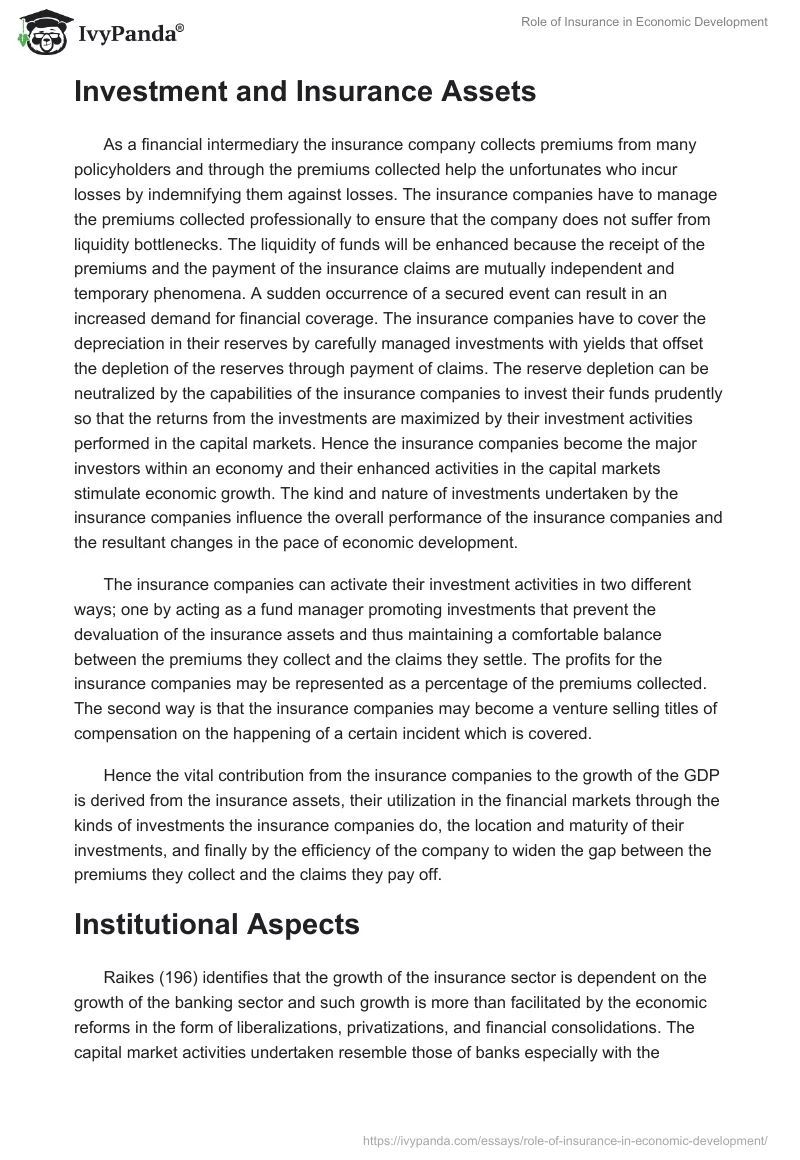The Main Principles Of Pacific Prime
The Main Principles Of Pacific Prime
Blog Article
Facts About Pacific Prime Uncovered
Table of ContentsSome Known Details About Pacific Prime Pacific Prime Things To Know Before You BuyHow Pacific Prime can Save You Time, Stress, and Money.What Does Pacific Prime Mean?The Basic Principles Of Pacific Prime

This is due to the fact that the data were gathered for a duration of strong economic performance. Of the estimated 42 million individuals who were without insurance, almost concerning 420,000 (regarding 1 percent) were under 65 years of age, the age at which most Americans come to be eligible for Medicare; 32 million were adults between ages 18 and 65, around 19 percent of all adults in this age; and 10 million were youngsters under 18 years of age, about 13.9 percent of all children (Mills, 2000).
These quotes of the variety of persons uninsured are created from the annual March Supplement to the Existing Populace Survey (CPS), performed by the Demographics Bureau. Unless or else kept in mind, nationwide estimates of people without wellness insurance and percentages of the population with different sort of insurance coverage are based upon the CPS, one of the most commonly utilized resource of quotes of insurance coverage and uninsurance prices.
Pacific Prime - The Facts

Still, the CPS is specifically valuable due to the fact that it produces yearly quotes relatively promptly, reporting the previous year's insurance policy coverage estimates each September, and since it is the basis for a regular collection of quotes for greater than 20 years, enabling for evaluation of fads in protection with time. For these reasons, along with the extensive usage of the CPS in various other research studies of insurance coverage that are offered in this report, we depend on CPS quotes, with limitations noted.

The estimate of the variety of uninsured people broadens when a population's insurance policy status is tracked for several years. Over a three-year duration beginning early in 1993, 72 million people, 29 percent of the united state populace, lacked insurance coverage for at the very least one month. Within a solitary year (1994 ), 53 million individuals experienced a minimum of a month without coverage (Bennefield, 1998a)
Six out of every 10 without insurance adults are themselves employed. Although working does improve the likelihood that one and one's household members will certainly have insurance coverage, it is not an assurance. Also members of family members with two permanent breadwinner have practically a one-in-ten chance of being without insurance (9.1 percent without insurance rate) (Hoffman and Pohl, 2000).
How Pacific Prime can Save You Time, Stress, and Money.
New immigrants represent a substantial proportion of people without health insurance coverage. One analysis has attributed a substantial portion of the recent growth in the size of the U.S. uninsured populace to immigrants that showed up in the nation in between 1994 and 1998 (Camarota and Edwards, 2000). Current immigrants (those that involved the USA within the past 4 years) do have a high rate of being without insurance (46 percent), yet they and their kids account for just 6 percent of those without insurance country wide (Holahan et al., 2001).
The partnership in between medical insurance and accessibility to care is well established, as documented later on in this chapter. The relationship in between health insurance coverage and wellness outcomes is neither straight nor basic, a comprehensive clinical and health solutions research study literary works web links health insurance policy coverage to improved access to care, much better top quality, and enhanced individual and populace health standing.
Levels of evaluation for analyzing the results of uninsurance. It concentrates specifically on those without any type of wellness insurance policy for any length of time.
The Buzz on Pacific Prime
The problems encountered by the underinsured are in some aspects similar to those dealt with by the uninsured, although they are generally less extreme. Wellness insurance coverage, however, is neither required neither adequate to acquire access to clinical services. The independent and straight effect of health and wellness insurance coverage on accessibility to wellness solutions is well established.
Others will certainly get the healthcare they need also without health insurance coverage, by paying for it expense or seeking it from suppliers who offer care complimentary or at extremely subsidized rates. For still others, medical insurance alone does not ensure receipt of treatment as a result of other nonfinancial obstacles, such as an absence of go to this site wellness treatment companies in their community, minimal access to transport, illiteracy, or linguistic and cultural differences.
What Does Pacific Prime Do?
Formal study concerning uninsured populations in the USA dates to the late 1920s and very early 1930s when the Committee on the Cost of Medical Care created a series of reports concerning financing medical professional office brows through and hospitalizations. This issue became significant as the numbers of medically indigent climbed throughout the Great Clinical depression.
Report this page